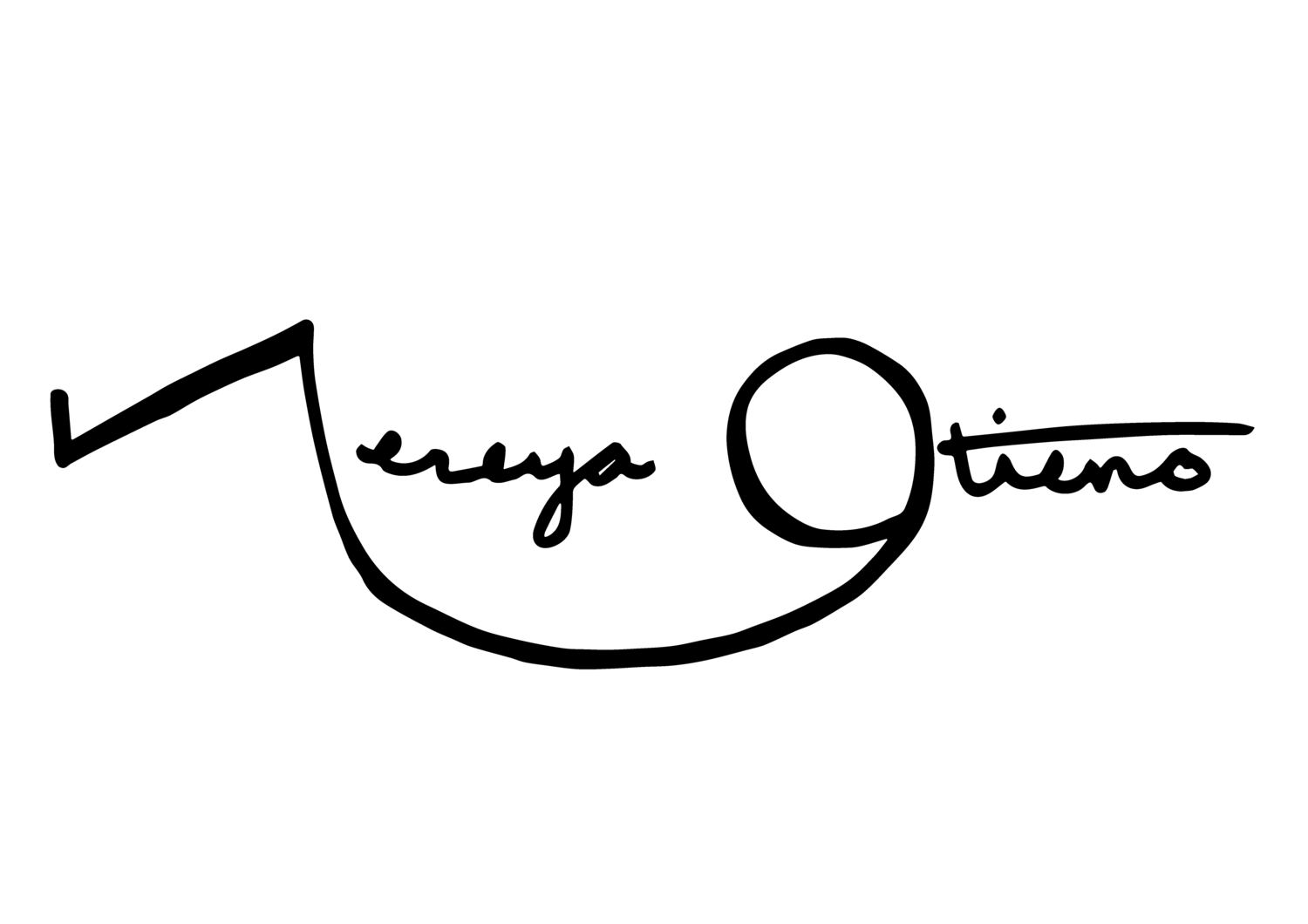“It’s too late to get stitches,” the doctor said. “If you came last night, we probably would have done them, but now we’ll risk infection if we open it more.” Unfortunately, going to the emergency room was not an option last night because last night I was still drunk from park wine and forgot I had health insurance and thought not to voluntarily go to the hospital in the middle of a hyper-contagious pandemic and that I would just look at it in the morning. Last night I had also fallen off my bike.
With no stitches, I was sure I was going to have a terrible scar. I was steeling myself to this new life with a new reflection. But when I took off the bandage a week later, it looked okay. A few hours later, I looked again. Is it already better? The next morning I took stock. And the morning after that, and every morning the following week. In two weeks, the swelling was 98% gone and I was just watching the skin heal itself. A month later I was forgetting to inspect every morning, but when I did I would marvel at the progress made. I would think to myself the last time I wore this shirt, it was still open.
Something else started happening. When trying to date an occurrence such as the last text I sent to my sister or my most recent grocery run, I’d think of the state of my forehead. Oh, must have been mid-November. Or I recall it wasn’t tender for the first time that morning — must have been two Thursdays ago. My brow bone suddenly became the most meaningful metric of time for me. More than days of the week or months of the year. I’ll say the months or days out loud to others, but I calculate using my face.
For me, all reference points have disappeared in this pandemic. Weekends and weekdays don’t vary much. I live in Los Angeles and February weather wasn’t too different from October. Individual days are fine because it gets dark then light then dark again — that’s still working (except for during the California fires when we were living in Saturn’s innermost ring). But the longer periods, over 36 hours, are a crapshoot. My time no longer really has to consider anyone or anything else, and so the metric by which it is measured has to be dependent on a new constant. My only constant currently is, well, me.
I think about all the “weird” or unlikely habits people have picked up this past year. I wonder if they are hobbies so much as metrics of their own. Not ways of passing time, but of measuring it instead. A dear friend of mine started saving all of the paper husk from her garlic bulbs. All of it. She scoops it up and places it in an old coffee tin. The tin never seems to fill up because the paper is so thin, so she’s been using the same one. She told me she had no idea why she was doing it but she just kept on doing it. Now I wonder if she is somehow trapping lost time. Or instinctively finding a way to document that something actually happened during an abstract period of communal nothing.
When I think of it like that — her delicate, exponential garlic skins and my delicate, healing human skin — we’re not really measuring time. We’re acknowledging that we are, indeed, living. Proving we must exist because, look, we have a past. When all the weeks bled together and the seasons just became “corona,” we created our own calendars. They only make sense to us — but they aren’t meant to synchronize with the world. Which, realistically, is how most chronological metrics probably began.
As I write this, evidence of my fall isn’t noticeable unless you’re really staring at my face — which is hard from 6ft away. It’s healed very nicely on its own and I take an unwarranted amount of pride in that. I’ll need a new (safer!) calendar soon. But I know this will be the one I reference in my mind when remembering this time. I’m not really sure how I feel about that yet.
